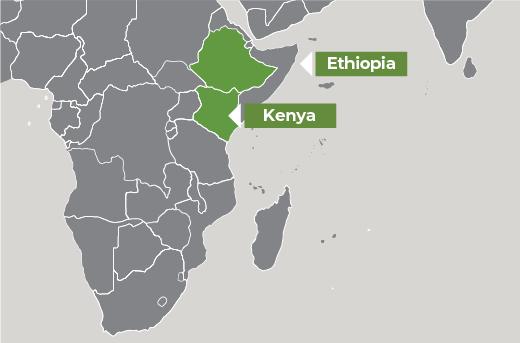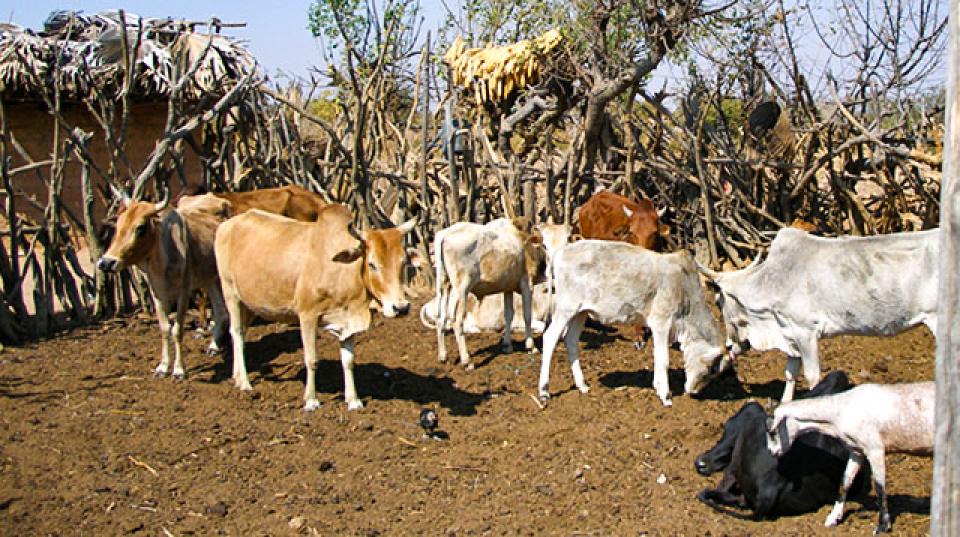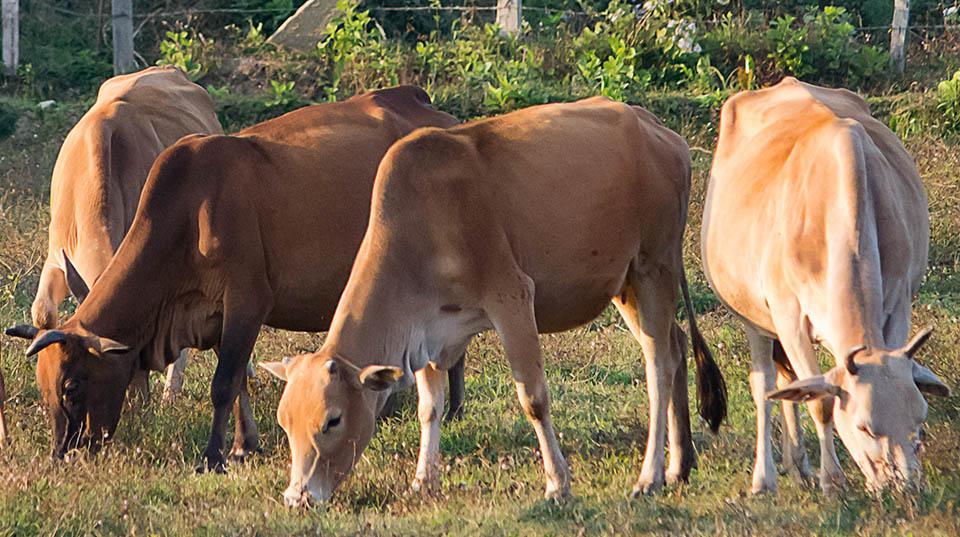Overview
This project aims to identify alternative narratives for resilience and climate adaptation in drought-affected Kenya and Ethiopia rangelands and pastoralist areas.
It uses a grounded, locally relevant perspective, supporting high-reliability professionals and their networks, and focusing on the processes through which adaptation and resilience can be achieved. The Horn of Africa is currently experiencing one of the worst droughts ever experienced with five consecutive rainfall failures. The changing climate is exacerbating the frequency of drought disasters in the region, which in turn is seriously affecting livestock production and people's livelihoods. Coupled with other challenges such as land degradation and conflict affecting resource access, pastoral livelihood systems are seriously affected, resulting in hunger and famine. The impacts of the drought are amplified by long years of marginalisation of pastoral areas resulting in low development indicators across the region. Resilience is classically described as the ability of a system to 'bounce back after a shock'.
This is the engineering version of resilience. However, the ability to transform in the face of shocks is increasingly recognised as one of several alternative definitions of resilience that emphasise system change to align with new conditions (Konaka and Little 2021; Berkes and Ross 2013).
The concept of resilience in Kenya is a broad one, encompassing various aspects such as replacing pastoralism with alternative livelihoods, investing in irrigated farming, poultry projects, off-farm activities, and education to encourage people to find other jobs. However, many projects with a resilience label often involve forming village-level groups or committees to push technical interventions, such as pasture reseeding, fodder banks, livestock breed improvement, market development, and value addition/processing of products. Humanitarian assistance, while necessary during droughts, rarely generates long-term resilience. Emergency cash transfers and handouts may create dependency without investment in assets and capacities for the future. Poor targeting may result in resources being diverted away from protecting pastoralists' key assets, particularly livestock. Livestock insurance programs can also undermine existing patterns of social support and moral economy in pastoral settings.
In Kenya, the process of devolution has led to a focus on county-level implementation, but coordination of government efforts and projects has often been poor, leading to duplication and confusion at the local level. Overall, resilience projects and their equivalent climate-smart and adaptation projects have largely failed.
Project activities and expected outcomes
- Reporting on a deeper understanding of high-reliability management processes in pastoral settings and suggestions for a new framework for resilience and development in pastoral areas
- Identifying the characteristics and capabilities of high-reliability professionals and socially differentiated networks, thereby fostering a 'community of resilience practice'
- Sharing of experiences among high-reliability professionals within and across project sites, to build capacities and develop practical solutions to support these professionals and networks
- Engaging with students from research partner organisations (through fieldwork attachments and summer schools), helping to build the capacity of the next generation of researchers in new thinking about resilience in pastoral areas.





